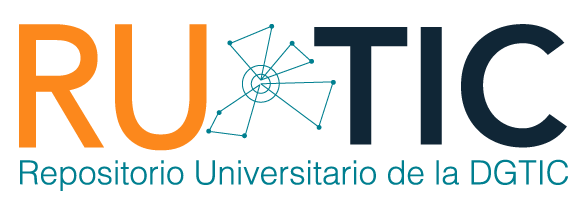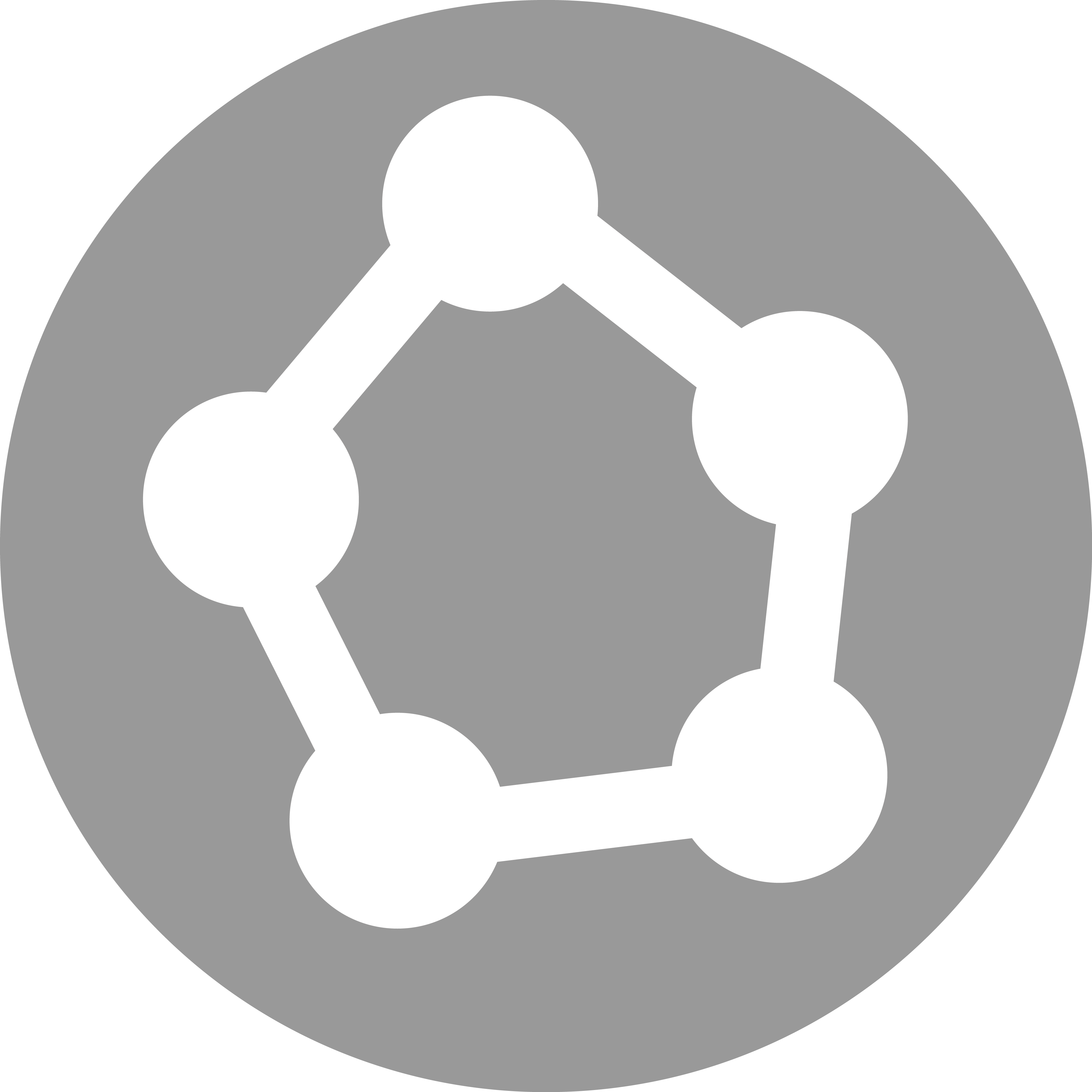| dc.coverage.spatial | MX | |
| dc.date.accessioned | 2018-06-28T04:35:05Z | |
| dc.date.available | 2018-06-28T04:35:05Z | |
| dc.date.issued | 2005-10-10 | |
| dc.identifier.uri | https://ru.tic.unam.mx/handle/123456789/980 | |
| dc.description | Artículos | |
| dc.description.abstract | Este artículo ofrece un acercamiento al arte digital, a partir del análisis de su principal medio, lenguaje y herramienta: el hipermedia. Tomar como punto de partida la revisión del vínculo arte y tecnología, permite la revisión de los retos que enfrenta este nuevo género respecto a su producción, distribución y consumo. El arte digital emerge de la combinación de las tecnologías digitales y la necesidad expresiva de las y los artistas contemporáneos. De esta forma, las actuales manifestaciones artísticas experimentan y amplían tanto las posibilidades expresivas y de divulgación, como las de la participación y apreciación de los espectadores. Podemos comenzar a definir el arte digital como las obras artísticas sin una estructura lineal, en las que el equilibrio y fusión de los diferentes medios y lenguajes se presenta de manera estética; y en las que una de sus características fundamentales es la interactividad, entendida como un tipo de exploración asociativa, que se enmarca en un proceso dialéctico de control, selección, exploración, consecución - retroalimentación y retorno (Regil, 2001). Si reducimos el concepto interactividad a simple participación, entonces podemos afirmar que el arte ha sido siempre interactivo, en la medida en que invita a los espectadores a intervenir con su mirada, imaginación, sentimientos y especulación. Actualmente, muchos artistas están encontrando en el hipermedia un medio de expresión plástica y la posibilidad de presentar sus obras de forma multisensorial. La idea de que los espectadores puedan explorar asociativamente los elementos de sus obras, al tiempo que establece una comunicación bidereccional con el artista, son sin duda "motivos suficientes para experimentar bajo esta nueva modalidad", como señala Kruger (1993:150). La creatividad artística encuentra en las tecnologías digitales y en la red, herramientas, lenguajes y medios que apenas comienzan a ser explorados. El arte generado y difundido a través de este nuevo medio, concreta la idea de arte en movimiento, trascendiendo dialécticamente de la creación al entretenimiento, en su acepción de re-creación- y modificando substancialmente el papel de los espectadores | es_MX |
| dc.description.abstract | This article is an introduction to digital art, from the analysis of this principal media, language and tool: the hipermedia. The review of the link takes art and technology as a point of item, it allows the review of the challenges that faces this new art, with regard to their production, distribution and consumption. Digital art emerges from the combination of the digital technologies and the expressive necessity of and the contemporary artists. Of this form, the present artistic manifestations experience and extend so much the artistic possibilities and of spreading, like those of the participation and appreciation of the spectators. We can begin to define the digital art like artistic works without a linear structure, in which the balance and fusion of different medias and languages appear of aesthetic way; and in that one of its fundamental characteristics is the interactivity, understood like a type of associative exploration, that is framed in a dialectic process of control, selection, exploration, attainment - feedback and return (Regil, 2001). If we reduce to the concept interactivity to simple participation, then we can affirm that the art has been always interactive, in the measurement in that invites the spectators to take part with its glance, imagination, feelings and speculation. At the moment, many artists are finding the hypermedia for plastic expression and the possibility of presenting/displaying their works of multisensorial form. The idea that the spectators can associatively explore the elements of their works, to the time that contacts bidereccional with the artist, are without a doubt "enough reasons to experiment under this new modality", as it indicates Kruger (1993:150). The artistic creativity finds in the digital technologies and the network, tools, languages and means that as soon as they begin to be explored. The art generated and spread through new media, dialectically makes specific the idea of art in movement, going beyond the creation to the entertainment, in its meaning of recreation and modifying substantially the paper of the spectators | en |
| dc.format | html | |
| dc.format | application/pdf | |
| dc.format.extent | 52.8 kb | |
| dc.format.extent | 143 Kb | |
| dc.language | spa | |
| dc.publisher | Universidad Nacional Autónoma de México. Dirección General de Cómputo y de Tecnologías de Información y Comunicación. Revista Digital Universitaria | |
| dc.relation.isformatof | http://www.revista.unam.mx/vol.6/num10/art97/oct_art97.pdf | |
| dc.relation.ispartof | http://www.revista.unam.mx/index_oct05.html | |
| dc.rights | openAccess | |
| dc.source | Revista Digital Universitaria (1607 - 6079). Vol. 6, No.10 (2005) | |
| dc.subject | Arte digital | |
| dc.subject | Museografía | |
| dc.title | Hipermedia: medio, lenguaje herramienta del arte digital | es_MX |
| dc.title.alternative | Hipermedia: digital art’s media, language and tool | en |
| dc.type | article | en |
| dc.subject.keywords | Arte digital, hipermedia, interactividad, museografía digita Digital art, hipermedia, interactivity, digital musegraphy. | |
| dc.identifier.url | http://www.revista.unam.mx/vol.6/num10/art97/int97.htm | |
| dc.creator | LAURA CARLOTA REGIL VARGAS | |
| dc.rights.url | http://creativecommons.org/licenses/by-nc-sa/4.0 |
Files in this item
This item appears in the following Collection(s)
COMPARTE
BÚSQUEDA
Escriba el texto a buscar en DSpace
CONTACTO
El Repositorio Universitario de la DGTIC se edita en la Dirección General de Cómputo y
de Tecnologías de Información y Comunicación (DGTIC), de la Universidad Nacional Autónoma de México (UNAM)
Circuito Exterior s/n, Ciudad Universitaria, Coyoacán, C.P. 04510, México, D.F
Tel: +(52) (55) 56228166 Email: rutic@unam.mx









 ¿Qué es un repositorio...?
¿Qué es un repositorio...? ¿Qué beneficios obtengo...?
¿Qué beneficios obtengo...? ¿Qué tipo de recursos...?
¿Qué tipo de recursos...? Preguntas frecuentes
Preguntas frecuentes